Robinia: description and varieties, planting and care
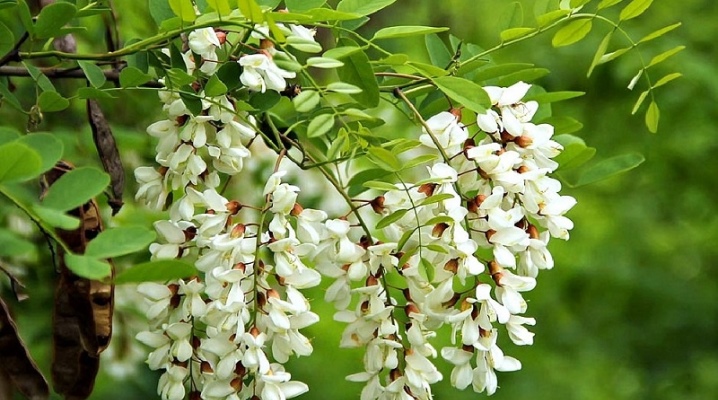
Robinia, or simply acacia, is known to everyone. After all, when it begins to bloom, everyone understands that summer is on its way. During flowering, it exudes an amazing aroma that attracts bees. Robinia is native to North America. All types of robinia, and there are about 20 of them, are intended for decorative plantings. Only white acacia is used for land reclamation purposes.
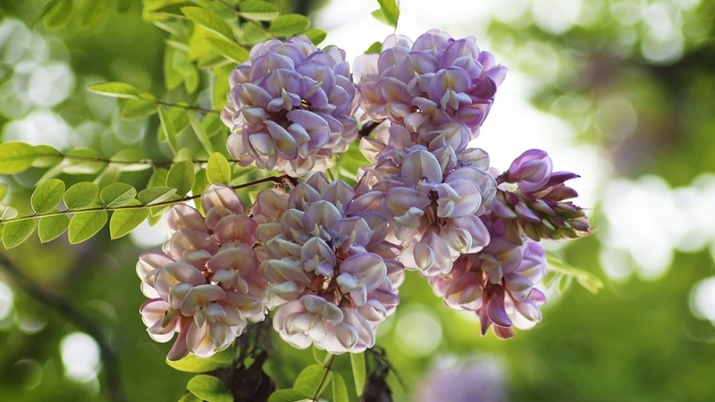
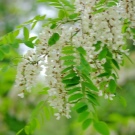
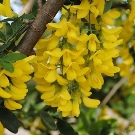
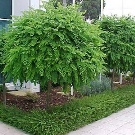

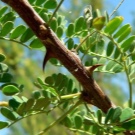
Peculiarities
The description of the robinia suggests that it is a spreading shrub or tree, reaching 4 meters in height, belonging to the legume family. The bark of the bush is very thick with light gray cracks. The delicate foliage and fragrant buds are reminiscent of Mediterranean vegetation. In its native habitat, the shrub can grow up to 30 meters and live for about 300 years. The foliage is represented by pinnate leaves with a shiny bright green surface up to 25 cm long. Flowering consists of white or pink flower clusters. It starts in June and lasts three weeks.
After flowering, by about October, brown fruits are formed, similar in structure to beans, slightly flattened on one side. Fruit sizes reach 12 cm. The trunk of the acacia is quite strong, often branches at the base and forms several trunks. The rhizome is highly developed, strengthens the soil, thanks to which the tree is resistant to wind.
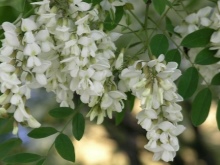
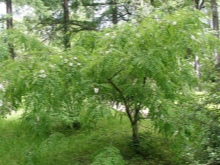
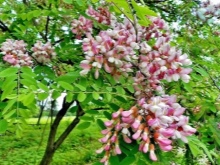
Main types and varieties
The genus of Robinia includes 10 species. Among them are the most popular.
Acacia
It is also called pseudoacacia, false acacia, false, ordinary. The most resistant species to environmental pollution such as smoke and gas. Therefore, it is used in urban areas to purify the surrounding atmosphere.
The main characteristics are as follows:
- reaches a height of up to 30 meters with a trunk diameter of about 40 cm;
- differs in a spreading crown, consisting of elliptical leaves of a dark green color;
- inflorescences have a slightly pink or white tint, are 20 cm long, of which a brown, flat fruit ripens;
- the frost resistance of the plant increases with age: the younger the shrub, the more it is prone to freezing;
- a large amount of snow on the crown can have a detrimental effect on the plant, but thanks to the strong rhizome and good shoot formation, it quickly recovers;
- acacia grows mainly in the first ten years, at this time it responds well to transplanting and pruning;
- does not require fertile soils and high humidity;
- the white acacia loves an abundance of sunlight, is not afraid of drought;
- the rhizome develops nodules, they contain bacteria that bind atmospheric nitrogen, which enriches the soil;
- leaves remain green almost until frost;
- acacia looks decorative in winter thanks to its fruits, which persist until spring;
- propagates by seed method.
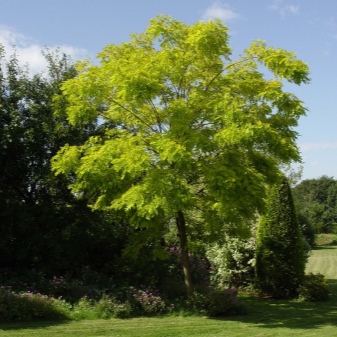
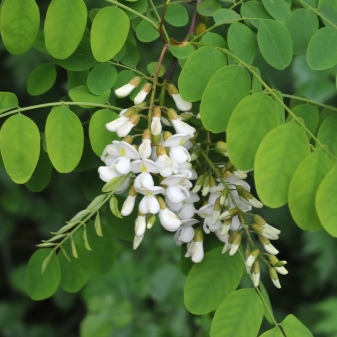
"Umbraculifera" (Umbraculifera) - is one of the varieties of false acacia. It has a compact, spherical crown, with a very slow growth, reaching a height of up to 4 meters. A fairly unpretentious variety tolerates drought well. Leaves are of medium length, about 15 cm. The variety has no color, but is distinguished by the decorativeness of its crown.
"Purple Robe" - variety of pseudoacacia. The tree can grow up to 50 meters. The flowers are purple in color, the flower clusters reach a length of 18 cm. It emits a light pleasant scent that attracts bees for honey plants.
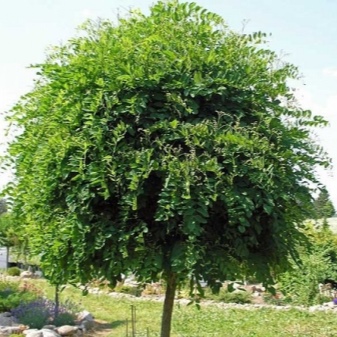

New Mexican
This species is a tree 12 m high. All shoots are covered with a large number of thorns. Leaves of gray-green color are elongated and 20 cm long with hairy petioles. The flowering of the shrub begins in June and lasts with pauses until September. Flowers of a dark pink hue, no obvious odor. Robinia grows well enough, is resistant to frost. It grows on any type of soil, the main thing is that there is no groundwater. From an excess of moisture, the plant may die. Loves the sun, so it is perfect for landscaping city parks and alleys.
Variety "Margarita Casque Rouge" belongs to the New Mexican species and is considered the most spectacular. The tree reaches a height of 7 to 12 meters. The crown is oval with hanging shoots. Clusters of inflorescences 15 cm long have a dark pink hue, very beautiful, have a delicate aroma.
Flowering begins in July. Prefers to grow in the sun, without excess moisture.
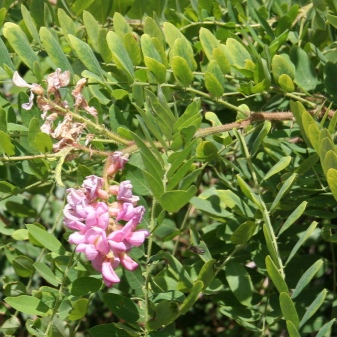
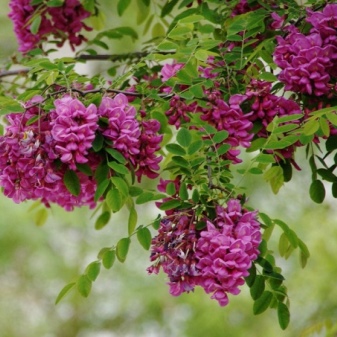
Bristly
Robinia of this species is very small in height, about 3 meters. The plant is thermophilic, therefore it does not tolerate frost and grows in the southern regions. All foliage with petioles is covered with reddish hairs. The branches have a red-brown bark, there are no thorns in this form. The leaves are oblong and about 20 cm long. Their dark green appearance does not change until falling off.
Acacia begins to bloom in early June with drooping inflorescences of a dark purple or purple hue. The inflorescence is about 25 cm long and may consist of 9 flowers. Depending on the conditions, flowering can be repeated in September. After its completion, in October, bristly-glandular fruits about 8 cm in length ripen.
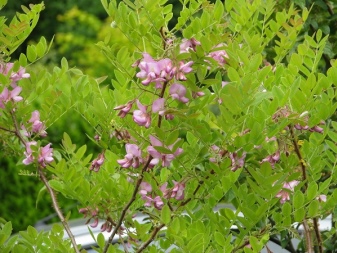
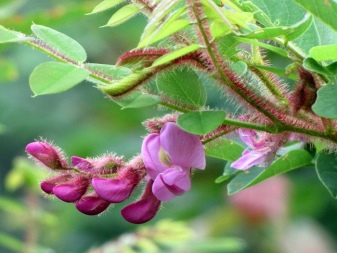
Elliot
A very small shrub, reaching a height of only 1.5 meters. The crown is weakly branched, the branches are erect and thin. At the bottom of the shrub, they are gray tomentose, and closer to the top, the side branches are covered with thorns. Leaves are elliptical, pinnate, with gray pubescence on the petioles below.
Clusters of inflorescences are loose, consist of 5-10 flowers, covered with dense pubescence. Corolla moth, up to 2.5 cm long, has a dark pink or snow-white color. Blooming begins in June. After it, in the fall, linear fruits are formed, they are narrow and hairy. The shrub loves the sun, is not picky about the soil. Differs in good frost resistance.


Curvy
A low-growing tree reaching a maximum height of 10 meters. It often grows in the form of a bush. The light brown bark is covered with cracks. Shoots are covered with thin, sharp thorns. Leaves of an oblong elliptical shape reach a length of 20 cm. Dense pink inflorescences consist of flowers from 2 to 3.5 cm long.
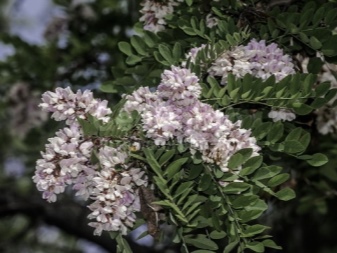
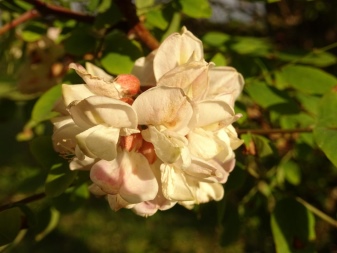
Sticky
The species of this acacia reaches a height of 12 meters. It has a wide crown and smooth brown bark. Robinia got this name due to the fact that the whole tree, from leaves to inflorescences, is covered with sticky, glandular hairs. Spines are very rare. The leaves are green, and the bottom is gray in color, have a length of about 20 cm. Leaves do not turn yellow by autumn and remain green throughout the period.
Inflorescences are erect, large, lavender or lilac in color, cover the entire crown abundantly and are odorless. The fruits are also sticky, up to 8 cm in size. The tree loves light, but has a weak immunity to frost and drought. Propagated by seeds, cuttings, root processes.
Dominated in group and single landings.


Hybrids
Breeders have bred several hybrid interspecies. For example, robinia "Margarita" appeared when crossing a pseudo-acacia with a bristly haired look. Robinia "Slavia" - when crossing pseudoacia with "Kelseya", Robinia "Goldt" descended from lush acacia with pseudoacacia, robinia "Doubtful" - from sticky acacia and pseudoacacia.
Robinia "Margarita" - a hybrid characterized by glandular pubescent bristles on the underside of the leaf, as well as on sepals and inflorescences. The hybrid variety blooms with pink drooping inflorescences.
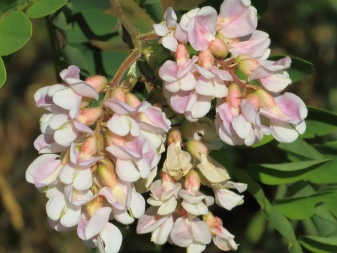
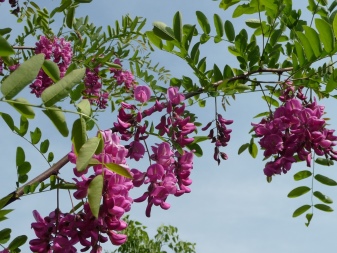
How to plant?
Robinia is an unpretentious plant, but the landing must be done correctly.
- The plant is completely undemanding to the composition of the soil. Any soil will do. The main thing is to do it in the spring, before bud break, in a sunny place. Autumn planting will not work, since the soil is already cold and wet, which threatens the root with rot.
- After digging a small hole 30 cm deep for the seedling, add some sand and dolomite flour, ash and crushed stone there. The seedling must be at least half a meter high.
- Set the seedling without deepening too much. Cover with soil and tamp near the root. Fill well with water.
- Consider the future dimensions of the tree when choosing a location. Do not plant among garden trees, as a strong root system can overwhelm other plantings. Refrain from planting near gazebos because there will be a lot of bees during flowering. You will see the first flowering in the third year.

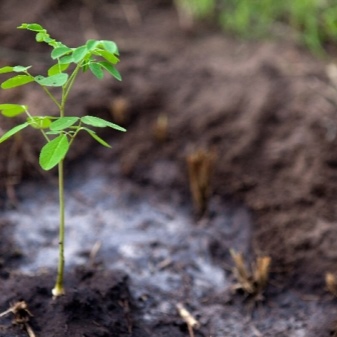
How to take care of it properly?
Robinia is a very unpretentious plant to care for. But in the conditions of the Moscow region, it needs to be covered for the winter. After all young stands are susceptible to frosting up to the root collar, and severe frosts can destroy even an adult tree. Not demanding on the soil, therefore it grows even in the most scarce soil. However, preference is given to the loamy composition of the soil.
Acacia reacts well to crown formation and pruning, but this is best done in the spring. Remove the root growth in a timely manner, since it grows favorably and thickens the plantings.
Robinia is resistant to diseases and pests, therefore does not require spraying and disinfection.
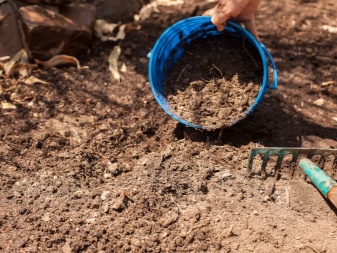
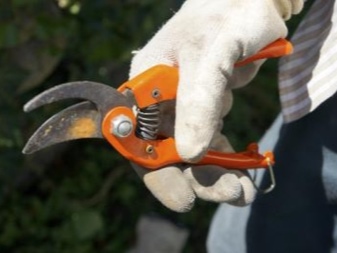
Watering
The plant loves moisture, but without its stagnation. Only adult plants can survive severe drought. They do well with moisture from the rains. Therefore, only young trees are watered with warm water, then watering is minimized.
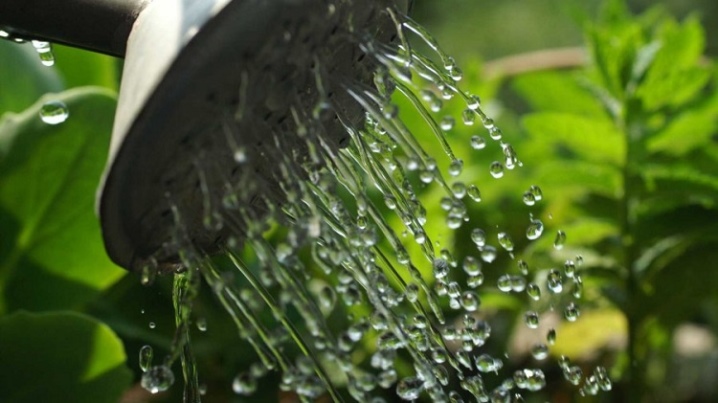
Top dressing
Top dressing can be applied from 4 years of age. For this, compost and humus are suitable. It must be entered annually.
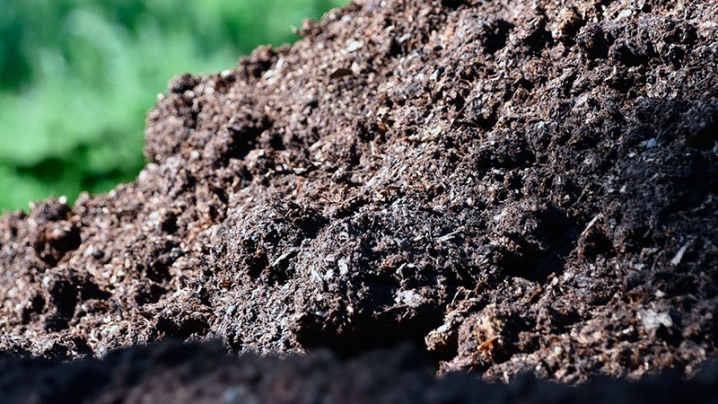
Reproduction methods
The most common breeding method is seed. For this, the collected seeds are disinfected by scalding with boiling water. Then it is soaked in water for 12 hours. Wet seeds are planted in the ground at a distance of 20 cm from each other. The optimum temperature for growing should be 20-25 degrees. Regular watering without stagnant moisture and removing weeds will promote good seed germination.
When young seedlings reach half a meter in height, they can be transplanted in a separate place of growth in the spring.
Reproduction by root shoots is possible. To do this, it is dug up and planted in the same way as a young seedling.
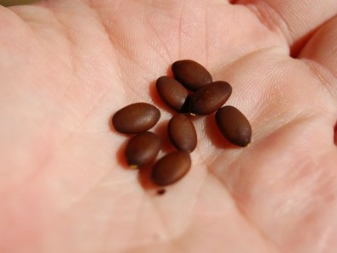
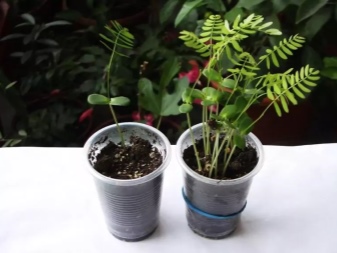
Use in landscape design
Due to its unpretentiousness and beautiful crown, the plant is widely used in planting for park alleys, for ennobling individual plots. The plant enriches the scarce land well with nitrogen. Thanks to its powerful rhizome, it strengthens the slopes, steep slopes. They are used as windbreak strips in city streets greening.
In garden and summer cottages, this plant is most often used as a hedge. Single plantings are also possible and in a group with other shrubs to create compositions.
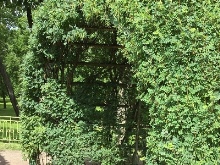

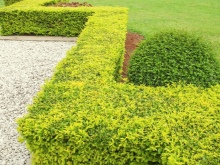
For information on how to plant, propagate and care for robinia, see the next video.



































































The comment was sent successfully.